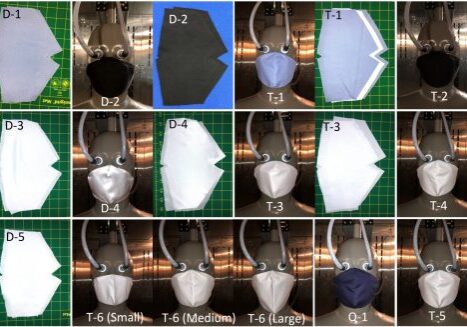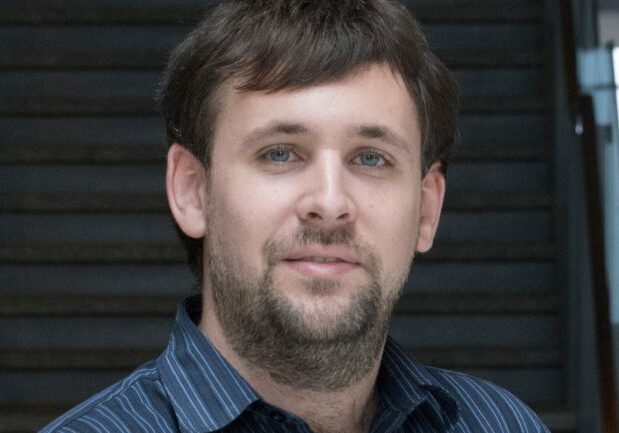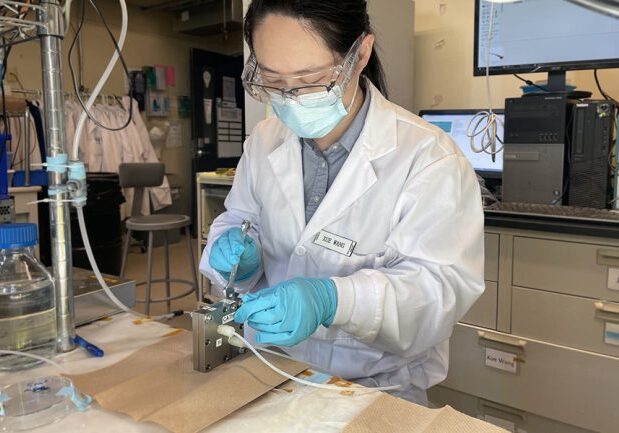
Are safer masks more uncomfortable? New U of T Engineering study offers answers
Professor Kevin Golovin (MIE) analyzed 12 different face masks to investigate connections between discomfort and protection.

Matthew Mackay receives U of T’s Joan E. Foley Quality of Student Experience Award
The award recognizes a member of the U of T community who creates broad and long-term positive impact on the quality of the student experience

From soft robotics to treating neurological disorders: Three U of T Engineering projects supported by CFI
Funding from the John R. Evans Leaders Fund will help develop new technologies and train highly qualified personnel

Bridging the propylene gap: Electrocatalyst offers new path for converting captured carbon into valuable products
A new electrochemical process transforms carbon monoxide into 1-propanol, a precursor to propylene, one of the world’s most widely produced industrial chemicals

Canada’s largest urban geoexchange system builds on legacy of Professor Frank Hooper
Hooper’s research on ground source heat pumps helped inspire the sustainable Geoexchange Project at the heart of U of T’s historic St. George Campus





